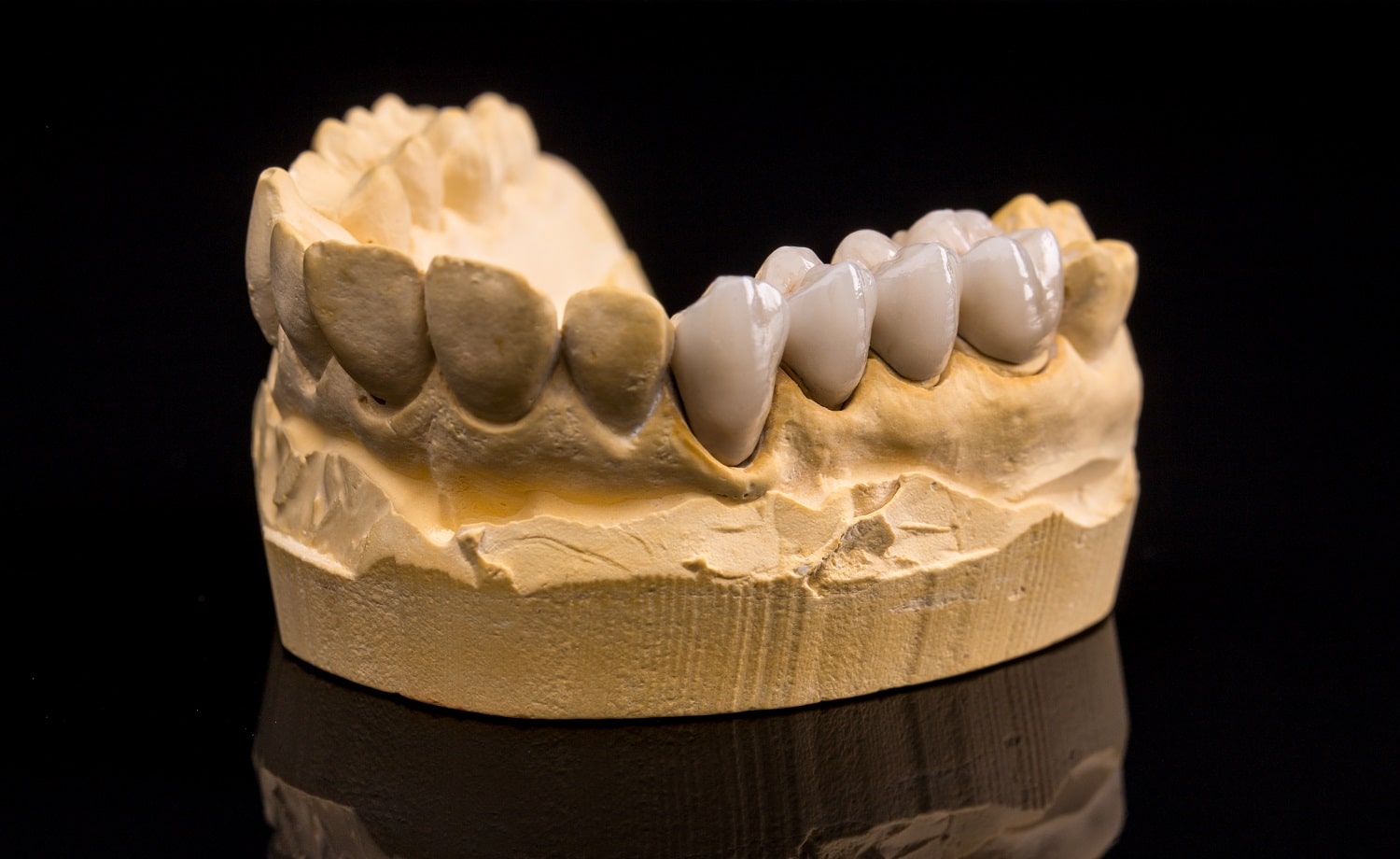
The Role of Dental Numbering Chart in Diagnosis and Treatment Planning
A well-organized dental numbering chart, commonly known as the “teeth names chart,” serves as a fundamental resource in modern dentistry. This article delves into the significance of dental numbering charts in clinical practice, exploring their essential role in diagnosing dental conditions and formulating effective treatment plans. From understanding tooth anatomy to identifying specific dental issues, dental numbering charts have revolutionized dental care by providing dentists and dental professionals with a comprehensive visual aid. Let’s delve deeper into the crucial functions and applications of dental numbering charts that enhance dental care outcomes and patient experiences.
Evolution Of Dental Numbering Charts
Dental numbering charts have undergone a remarkable evolution, transforming from basic diagrams to advanced digital representations. Historically, dental practitioners used rudimentary tooth numbering systems, often employing alphanumeric codes for identification. However, as dental science advanced, standardized charts emerged, providing a universal method for tooth identification and communication among professionals. The FDI World Dental Federation adopted the ISO system in 1971, which significantly improved international communication in dentistry.
The Anatomy Of Dental Numbering Charts
A dental numbering chart typically consists of two main systems: the Universal Numbering System and the Palmer Notation System. The Universal Numbering System is widely accepted and used in most countries, providing a simple method of identifying teeth using numbers from 1 to 32, starting from the upper right third molar and ending with the lower right third molar. On the other hand, the Palmer Notation System uses symbols and lines to represent quadrants and teeth, allowing for easy identification of tooth location and position.
Diagnostic Applications Of Dental Numbering Charts
In dental diagnosis, dental numbering charts are invaluable tools for identifying specific teeth, recognizing anomalies, and charting dental conditions. Dentists use these charts to record their findings and track changes in patients’ oral health over time. By referencing tooth numbers and names, dental professionals can communicate efficiently, facilitating seamless collaboration within multi-disciplinary dental teams. Furthermore, dental numbering charts assist in treatment planning, as dentists can precisely indicate the teeth that require intervention, such as fillings, extractions, or orthodontic procedures.
Treatment Planning And Dental Numbering Charts
Treatment planning is a crucial aspect of dental care, and dental numbering charts play an indispensable role in this process. When devising comprehensive treatment plans, dentists use the charts to prioritize interventions, determine tooth extraction sequences, and assess the potential impact of various treatments on the patient’s overall dental health. Additionally, dental numbering charts aid in patient education, as dentists can visually explain the proposed treatment procedures and their benefits.
Digital Advancements And Dental Numbering Charts
With the advent of digital dentistry, dental numbering charts have entered a new era of convenience and accuracy. Advanced software and dental imaging technologies allow for the creation of detailed 3D dental models that incorporate precise tooth numbering. Dentists can now access patient records digitally, making treatment planning more efficient and reducing the risk of errors related to manual charting.
Conclusion
In conclusion, teeth names chart stand as an essential component of modern dentistry, providing a standardized and universally recognized system for tooth identification and communication. From enhancing diagnostic accuracy to guiding comprehensive treatment planning, dental numbering charts revolutionize dental care by facilitating seamless collaboration among dental professionals and improved patient outcomes. As technology continues to evolve, the role of dental numbering charts in dentistry will undoubtedly expand, contributing to even greater advancements in oral health care.





Leave Your Comment